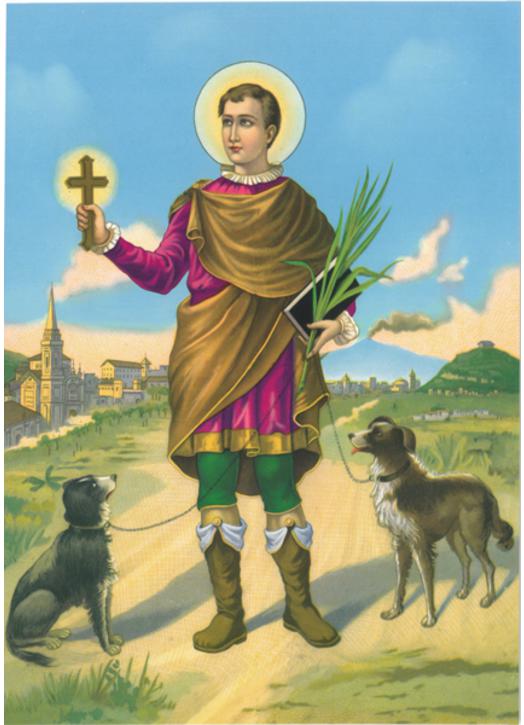St Vitus was the son of a pagan Sicilian senator. He was a Christian martyr, and also an example for certain themes strangely are associated with the lives of saints.
Vitus is the best known saint who is invoked for those suffering from epilepsy and nervous diseases. St Vitus’s Dance – also called Sydenham’s chorea (= dance) and Huntington’s chorea – is one of a series of abnormal movement disorders known as diskinesias. The saint is also invoked for similar diseases that come from the bites of mad dogs and snakes. By transference he has also come to be the patron saint of dancers.
In the 16th century the Germans believed that they could get a year’s good health by dancing before the statue of Saint Vitus on his feast day. This dancing developed almost into a mania. And it happened to be confused with the nervous disease that could be cured through the patronage of the saint. But such a connection with the manic “dancing” led him to be the patron of the dancers, and later on, of the entertainers in general.
St Vitus has been grouped among the Fourteen Holy Helpers – among them, Barbara, Blaise, Catherine of Alexandria, Christopher, George, and others – that enjoyed a collective cult in the Rhineland from the 14th century.



